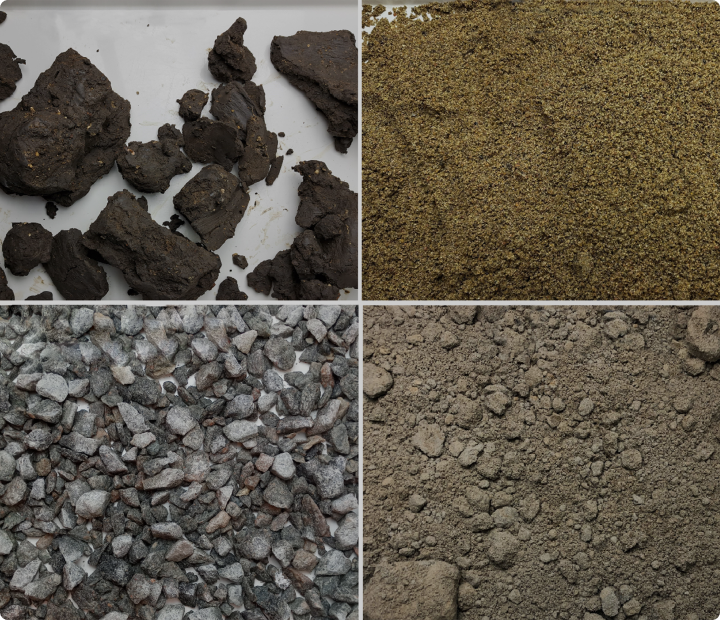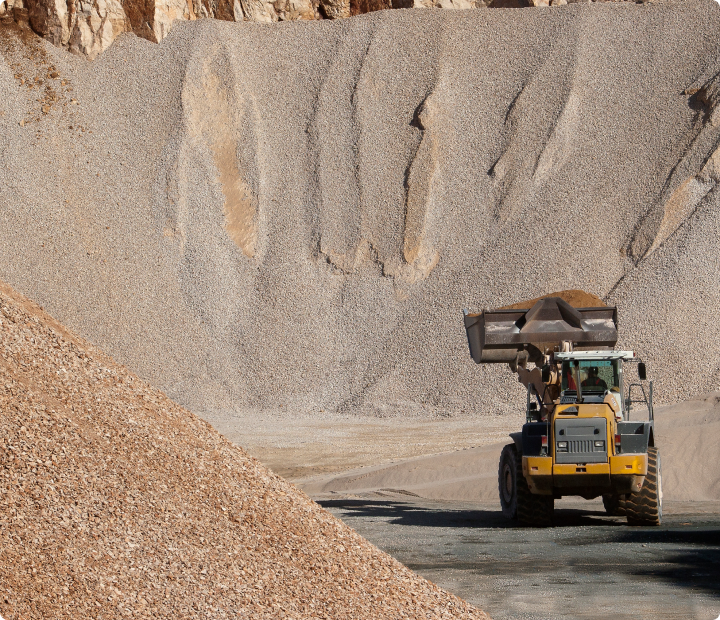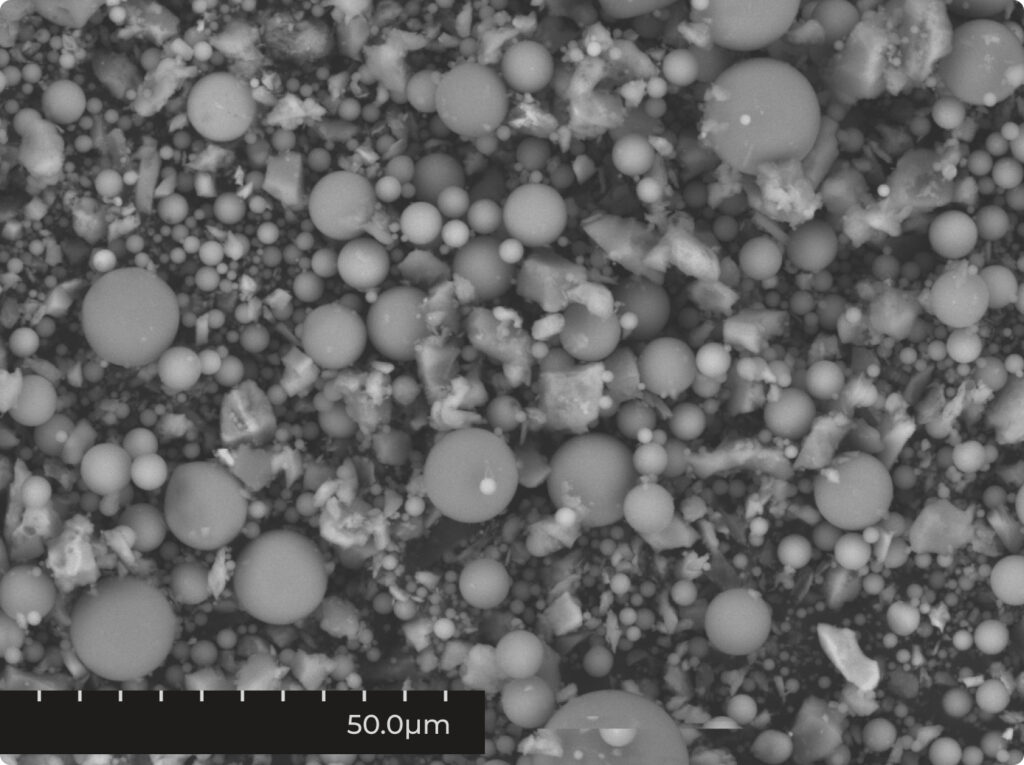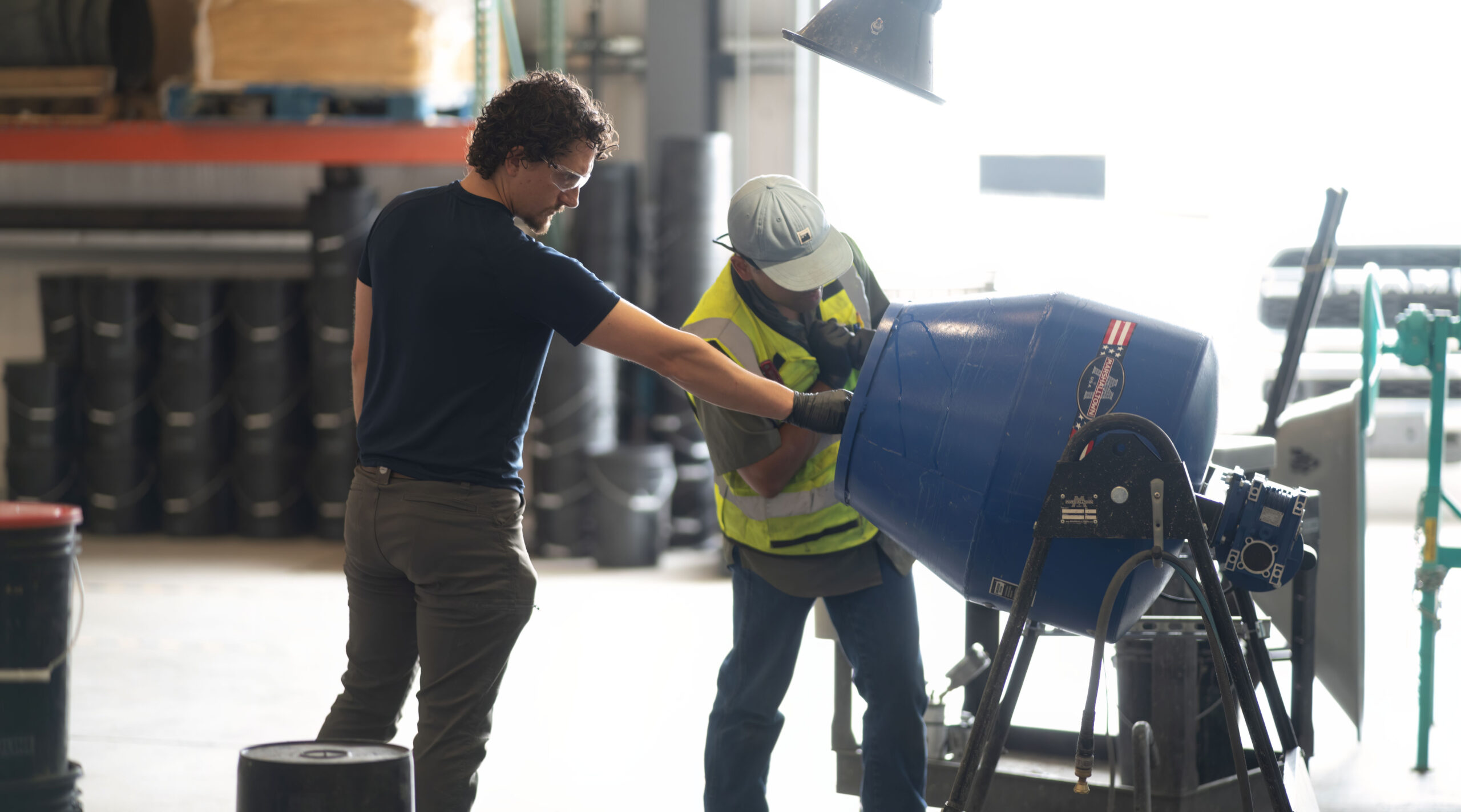Leveraging abundant, inexpensive raw materials
Silicate-based igneous rocks (such as granites, basalts), unconsolidated sediments (such as sands and gravels) and even clays are the most abundant rock materials on Earth’s surface.
We work with our partners to optimize their mine deposit often utilizing low value products and in some cases waste streams as a viable raw material feedstock for Terra’s process.

Sourced from existing, localized infrastructure
These types of raw materials are not only abundant and attractive from the mineralogical perspective but the equipment and infrastructure to extract these rocks already exist on the sites we build the OPUS advanced processing facilities (“APFs”) on.
Raw material feedstock can be sourced from existing aggregate mines close to any major market, reducing the transportation burden of other less abundant cementitious materials.


A wide range of rock and material types
Our process is designed to use a wide variety of silicate rocks and minerals as raw material feedstock. We have successfully tested a wide range of rock and material types, including granite, basalt, alluvial sand and gravel, pyroclastic rock, glacial flood gravel, and clay waste streams (e.g. clay/sand mixtures) from across North America. Some mine tailings can be used too, provided these are located near a major market.
